Past Events
Interested in Cotsen events? Sign up for our mailing list.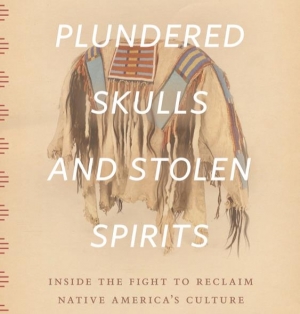
Dr. Chip Colwell
Senior Curator of Anthropology, Denver Museum of Natural Science
Abstract:
Five decades ago, Native American leaders launched a crusade against museums to reclaim their sacred objects and to rebury their kin. This controversy has exploded in recent years as hundreds of tribes have used a landmark federal law to recover their heritage from more than one thousand museums across America. Many still question how to balance the religious freedoms of Native Americans with the academic freedoms of American scientists, and the arguments continue on about whether the emptying of museum shelves elevates human rights or destroys humanity’s common heritage.
This talk presents Dr. Colwell’s new book and winner of a 2017 Choice Outstanding Academic Book Title Award, Plundered Skulls and Stolen Spirits: Inside the Fight to Re claim Native America’s Culture, a personal journey that illuminates how repatriation has transformed both American museums and Native communities. This story reveals why repatriation law has become an imperfect but necessary tool to resolve the collision of worldviews between scientists and Native Americans—to decide the nature of the sacred and the destiny of souls.
Contact Sumiji Takahashi
Email sutakahashi@ioa.ucla.edu
Phone 310-825-4169
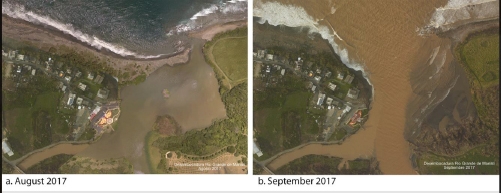
BIO:
Isabel Rivera-Collazo is Assistant Professor on Biological, Ecological and Human Adaptations to Climate Change at the Department of Anthropology and the Scripps Institution of Oceanography at UC San Diego. Dr. Rivera-Collazo is an environmental archaeologist specializing on geoarchaeology, archaeomalacology, coastal and marine processes, maritime culture and climate change, with regional interests in Puerto Rico, the Caribbean Basin and the Neotropics (Pan Caribbean region); Israel and the eastern Mediterranean. Her research focuses on the effect that human activity has over island ecosystems through time, as well as how have people responded to climatic and environmental change in the past. Dr. Rivera-Collazo’s work focuses on resilience and adaptation, investigating what decisions enhance or reduce adaptive success. Taking an applied approach, Dr. Rivera-Collazo also works with local communities in the quest for understanding the current and expected impacts of climate change, including threats to coastal heritage. Dr. Isabel Rivera-Collazo has a MSc degree on Palaeoecology of Human Societies and a PhD on Environmental Archaeology both from the Institute of Archaeology,University College London. She is also Research Fellow of the Center of Tropical Ecology and Conservation (CATEC) and the Laboratory of Environmental Archaeology at the University of Puerto Rico, Rio Piedras Campus.
ABSTRACT:
A popular proverb in Puerto Rico warns that “it is not the same thing to call the devil than to see him come”. For many years, scientists have been warning about the potential impacts of climate change. In the last five to ten years archaeologists have been linking those impacts to heritage. These past two years, 2017 and 2018, have demonstrated the real-life meaning of changing weather – which eventually will add up to changed climate – and it is not the same to see the devil come. In the context of rapidly changing weather, heritage is a tool for adaptation, for recovery of lost knowledge, and for communication of locally relevant climate science. But at the same time, this reality puts heritage professionals at the front of a social, physical and cultural disaster that is simply overwhelming. This presentation will share the experiences of working with archaeological heritage and climate change research in Puerto Rico before, during and after a record-breaking catastrophic year of hurricanes and winter storms, and will contextualize the work of archaeology in the practicality of equity and justice from within the communities themselves.
Contact Sumiji Takahashi
Email sutakahashi@ioa.ucla.edu
Phone 310-825-4169
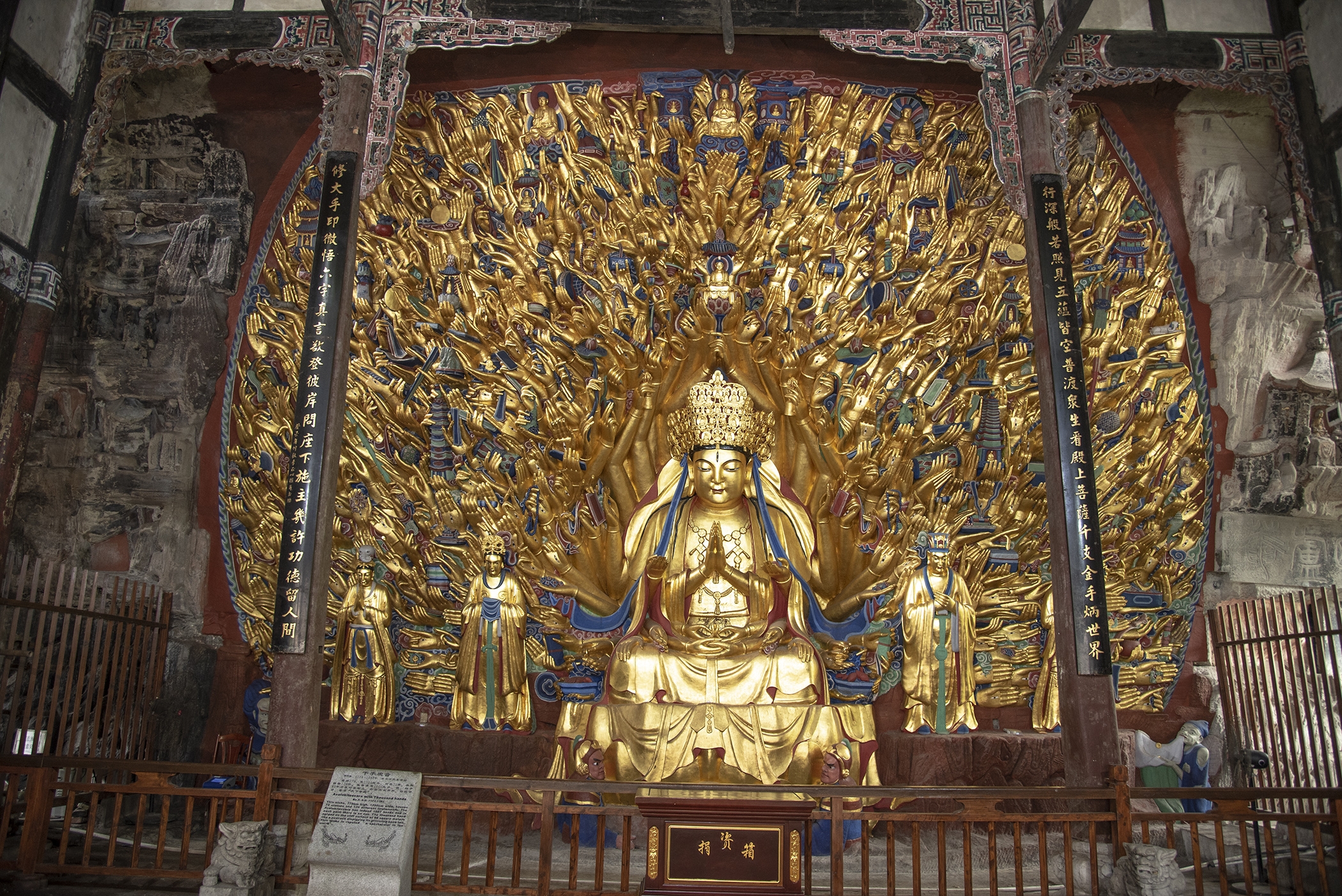
Bio:
Dr. Sonya Lee is Associate Professor of Chinese Art and Visual Cultures at the University of Southern California, where she holds a joint appointment in the Departments of Art History, East Asian Languages and Cultures, and Religion. A specialist in religious art and architecture of pre-modern China, Dr. Lee has published widely on the material culture of Chinese Buddhism. Her reserach interests also include material culture of the ancient Silk Road, art and ecology, Asian art collecting, and heritage conservation.
Abstract:
The recent restoration of the Thousand-Armed Avalokiteshvara at Baodingshan in Dazu has generated a lively debate about the state of heritage conservation in modern China. This talk discusses this project from an ecological perspective that highlights the restorers’ sensitivity to the local climatic conditions and geological properties in preserving monumental cliff-side rock carvings. It also contextualizes the project as part of a long history of restoration in the region in which past restorers likewise pursued eco-compatibility in the materials and methods needed to repair cave temples for present and future visitors.
Contact Sumiji Takahashi
Email sutakahashi@ioa.ucla.edu
Phone 310-825-4169
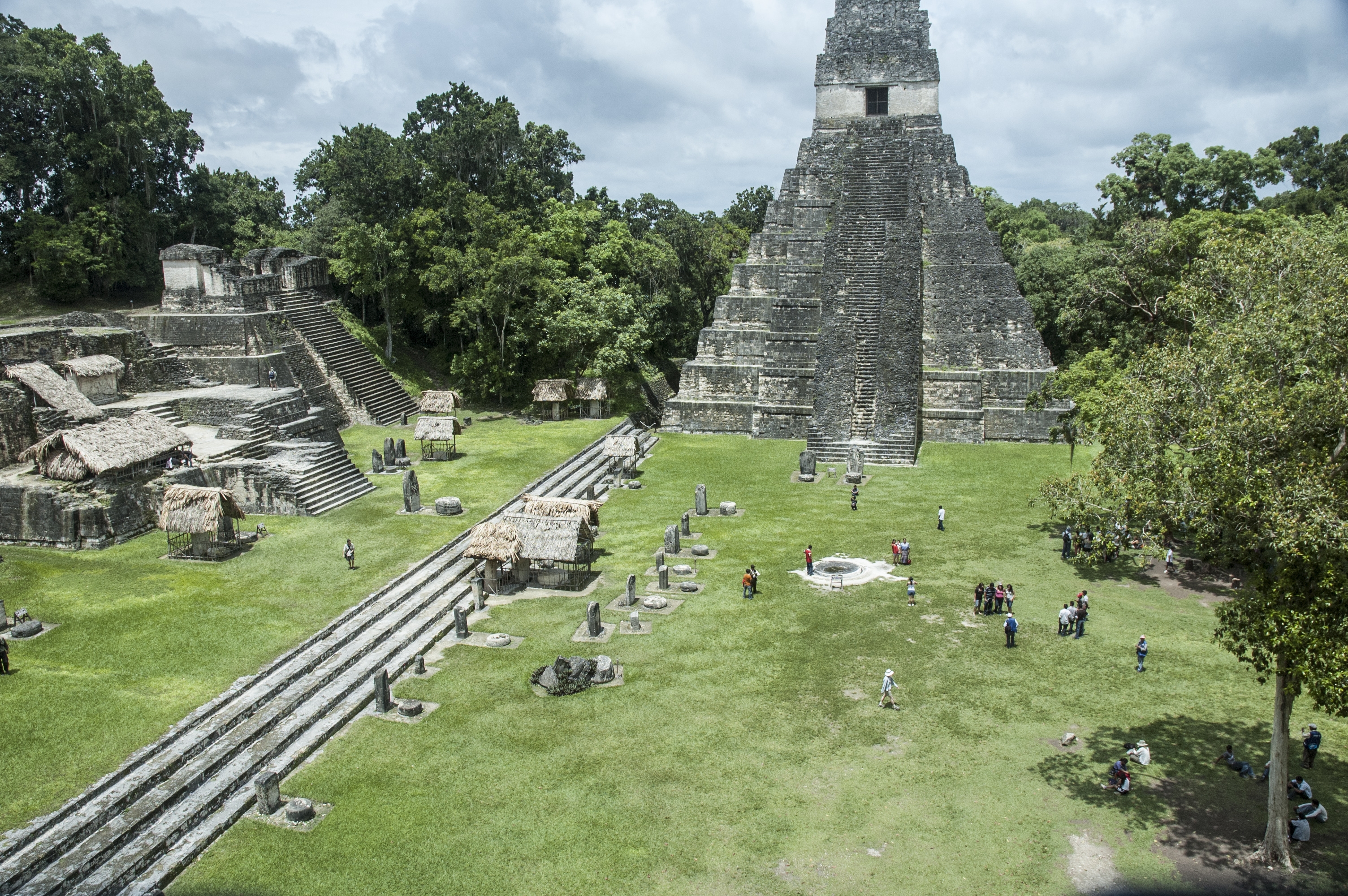 Bio:
Bio:
Professor Tsukamoto is an anthropological archaeologist who received his Ph.D. from the University of Arizona in 2014. His research centers on the interplay between social relations and embodied practices that are reflected in the spatial and material settings of early complex societies. He seeks to refine different theoretical and methodological approaches in order to better understand the nature of power and ideology; the intersection of social change and theatrical performance; and the materiality of social inequality. Methodological interests include spatial analysis, material analyses through petrographic microscopy and particle-induces X-ray emission (PIXE), and epigraphic studies. He currently conducts fieldwork in the Maya lowlands of southern Mexico where he has directed the El Palmar Archaeological Project since 2007. This project examines the urbanization processes resulting from the mutual entanglement between public and private practices in El Palmar during the Classic period (ca. A.D. 250-950).
Contact Sumiji Takahashi
Email sutakahashi@ioa.ucla.edu
Phone 310-825-4169
“Israel and the Samaria Highlands: A Nomad Settlement Wave or Urban Expansion during the Early Iron Age?”
Dr. Yuval Gadot, Director of the Institute of Archaeology
Tel Aviv University
Tuesday, November 13 at 2 PM
Kaplan (formerly Humanities) A51
Archaeology of Ancient Israel Lecture Series
Co-sponsored by the UCLA NELC Department, Alan D. Leve Center for Jewish Studies, and the Cotsen Institute of Archaeology
The Iron I period witnessed a wave of settlements in the highlands of Israel, mostly in Samaria and to some extent in the Upper Galilee and Judah. This wave is usually associated with the genesis of Ancient Israel and is interpreted in light of the collapse of Canaanite urban centers at the end of the 12th century BCE. This lecture reconsiders the reasons behind this wave of settlement throughout the Samaria Highlands during the Iron I (1200-1000 BCE) in light of new understanding of the social and economic reality on the coastal plain, the Jezreel, Jordan, and Hula Valleys, and the regions surrounding the Samaria Highlands.
Please email Aaron Burke (aaburke@ucla.edu) to RSVP.
Contact Aaron Burke
Email aaburke@ucla.edu
Phone
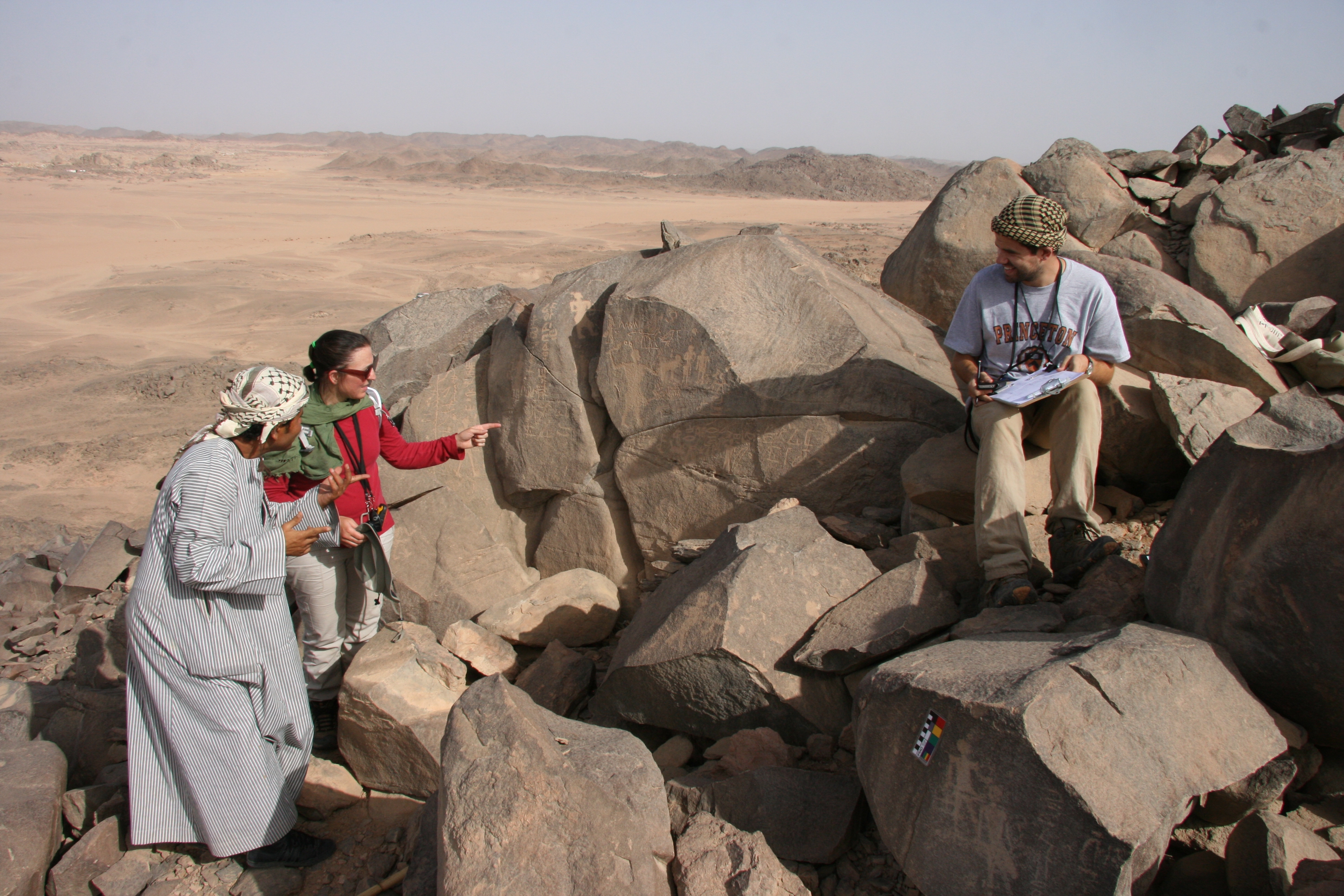 Bio:
Bio:
Dr. Kate Liszka is Assistant Professor with the Department of History at California State University, San Bernardino, and holds her degrees from the University of Pennsylvania (Ph.D.), and from 2012 to 2015 was a Cotsen Postdoctoral Fellow and Lecturer with Princeton University. Her areas of specialization are Nubians in Egypt, the Medjay, ethnicity and identity in Antiquity, multicultural Interactions in frontier regions, the Pangrave Archaeological Culture, and large-scale mining expeditions in Antiquity. Dr. Liszka is the Director of the Wadi el-Hudi Expedition in the Egyptian Eastern Desert.
Contact Sumiji Takahashi
Email sutakahashi@ioa.ucla.edu
Phone 310-825-4169
Abstract
Evolution in conservation practice generally reflects wider contextual developments. These, whether scientific or societal, can however overshadow other developments within conservation which could inform scholarly studies of the objects and improve effective management of heritage assets. Awareness of these influences is nevertheless critical since any conservation action, regardless how small and seemingly unimportant can potentially affect how objects are perceived and interpreted. This talk will focus on research aimed at understanding object perceptions and professional cognitive dissonances and biases. Starting from the alteration and deterioration of surfaces as a natural process and cleaning as a professional reaction to this, I will discuss how small, often unaccounted for activities result in changes at both micro and macro levels which can dramatically alter an object.
Damien Hirst’s The Miraculous Journey made of fourteen silicon bronze statues projecting the development of a foetus from conception to birth located in Doha, Qatar will be used as an example of how to monitor change in a highly polluted coastal environment. This involves monitoring of corrosion, particulates and pollutants as well as humidity and temperature to understand how these processes affect perception and appreciation of the artwork. The second part of the talk will focus on professional decisions in conservation with particular a focus on cleaning. Cleaning can influence both professional and public perception of objects. The results of the research project Coming Clean which investigated factors affecting decision making in relation to cleaning will be presented. This includes research on public perception of dirt and cleanliness at two National Trust properties and two exhibition galleries at the British Museum, analysis of literature surveys and review of treatment records. The research findings are revealing in relation to professional justification of cleaning and the way public values the museum experience. Statistical analysis of the data and innovative methods including machine learning data mining methods will be presented. Recognising and raising awareness of our biases within conservation is important to change attitudes, and can have a direct impact on other scholarly fields.
Short bio
Stavroula Golfomitsou (BA, PhD, FIIC) is Senior Lecturer at the Department of Conservation, University of Gothenburg, Sweden. Prior to this she was a lecturer in conservation studies at UCL Qatar where she set up and coordinated the MSc in Conservation Studies, an innovative, student-led, inquiry- and research-based degree. She has over twenty years of international working experience in Europe, Middle East and Latin America. Her research interests focus on corrosion and conservation of metals and the broader implications of conservation on the perception and valorisation of heritage. She is coordinator of the Coming Clean research project which investigates decision-making processes in cleaning of cultural heritage and the factors affecting them. She was also PI in the Materiality and Preservation in Islamic Contexts project (2015-2017). Stavroula holds a PhD in Conservation of Metals from University College London (UCL) and is a Fellow of the International Institute for Conservation of Historic and Artistic Works (IIC) and a Trustee and member of the IIC Council.
Contact Sumiji Takahashi
Email sutakahashi@ioa.ucla.edu
Phone 310-825-4169
Dr. Cathy Lynne Costin, Professor, Department of Anthropology, CSU Northridge
Revisiting North Coast Formative Period Ceramic Iconography: the Case for Foundational Ritual Power
In my current research, I am building an argument that a larger proportion of North Coast Formative ceramic iconography reflects the consumption of therapeutic and psychoactive substances than is generally acknowledged in recent scholarship and that both the content and mode of these images inform us about the processes through which emerging elites began to consolidate their power. First, I propose that far more of the three dimensional forms reference psychoactive substances than current interpretations enumerate and that many images allude to mental and bodily experiences associated with altered states of consciousness. Then, I suggest that two dimensional motifs rendered in faint, postfire incisions discernable only to those in close proximity to the vessels record tightly-controlled esoteric knowledge concerning the preparation and ingestion of psychoactive substances and/or the interpretation of visionary experiences. All told, I demonstrate how ritual specialists controlled and deployed sacred imagery and ritual knowledge during the time in which social complexity first developed in the Andean region.
Contact Sumiji Takahashi
Email sutakahashi@ioa.ucla.edu
Phone 310-825-4169
Ethics in Archaeology Panel Discussion
With Drs. Willeke Wendrich, John Papadopoulos, Lothar Von Falkenhausen, and Steven Acabado
This workshop will focus on the importance of what is coming out of the ground and what happens to it afterwards. The following questions will be among the topics discussed:
- Who is responsible for ancient artifacts and what are they responsible for?
- What are the grey areas?
- What is the difference between personal responsibility of individuals and professionals working at universities vs. individuals working with private or public collections?
- What relationship should there be between public and private stake holders?
- How do other countries handle issues regarding cultural heritage?
Attendance is highly recommended for 1st and 2nd year Cotsen Students
Contact Sumiji Takahashi
Email sutakahashi@ioa.ucla.edu
Phone 310-825-4169
Dr. Salim Faraji, Professor, Department of Africana Studies, CSU Dominguez Hills
Contact Sumiji Takahashi
Email sutakahashi@ioa.ucla.edu
Phone 310-825-4169
- ‹ previous
- 30 of 50
- next ›


